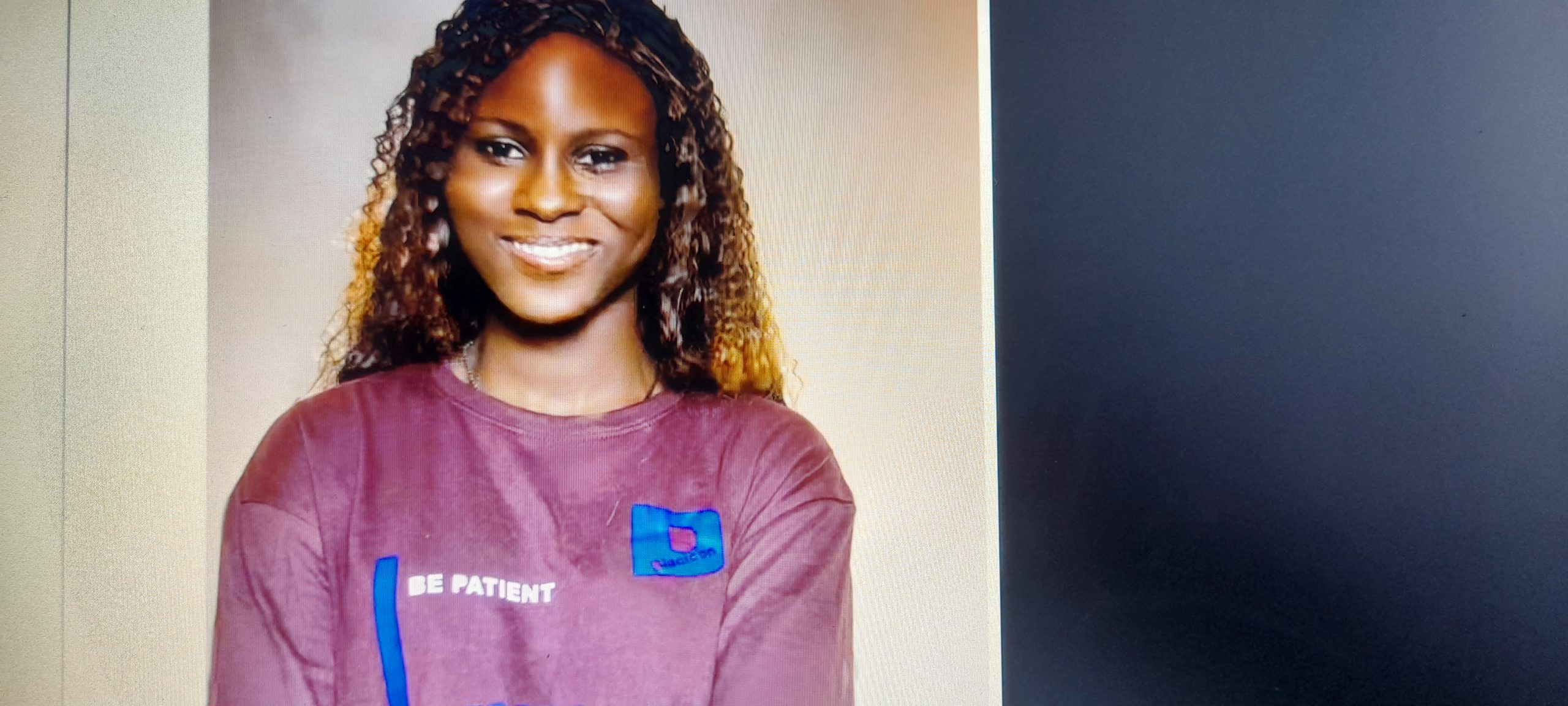By Deborah T. Ojuade
Assistive technology is tools, equipment, and systems that assist and support individuals with disabilities, restricted mobility, or other impairments to perform tasks they might otherwise find difficult or impossible.
These technologies can be simple or complex, aiming to enhance the functional capabilities of individuals with disabilities. Examples of assistive technology are electric wheelchairs, screen readers, hearing aids, braces, crutches, scooters, walkers, and prosthetic devices.
Over the years, individuals with disabilities have found it difficult and impossible to perform specific tasks because their disabilities limit them.
The world is evolving. Technology has made it a lot easier through innovation and the creation of tools and equipment to perform tasks for people. Assistive technology has transformed and changed the lives of individuals with disabilities and individuals without disabilities in the area of performing difficult or impossible tasks such as mobility.
It has also helped them to reach their full potential in education, vocational training skills and the workplace.
The World Health Organisation (WHO) estimates that about 2.5 billion (one in three)people in the world need at least one or more assistive technology (AT).
Yet, only one in ten persons can access the AT they need. A lot of people, especially individuals with disabilities, do not have access and can’t afford the AT device for themselves because it is expensive.
Most people and individuals with disabilities don’t know and have an idea of what assistive technology is all about or looks like, so how do you expect such a person to know how to use an AT device?
This is why we need to consistently advocate and create awareness of why assistive technology (AT) is important in the lives of individuals with disabilities, especially because it will enlighten them.
I met Mr and Mrs Ogah, whose child has a disability. One of her legs was amputated, and she needs crutches, but they cannot afford it because it is way too expensive, so she had to use a cane to support her mobility.
I also met Rebecca.
She is 26 years old of age and has a disability of deafness.
I asked how her hearing aids have helped her. She told me that hearing aids have transformed her life, especially during lectures in school, and that she can hear clearly what the lecturers are teaching and dictating to them.
Most parents of individuals with disabilities are poor, which is why most of them do not have access and can’t afford to buy AT devices for their children.
The federal government is encouraged to partner non-governmental organisations and companies that supply assistive technology devices that are more accessible and more affordable for individuals with disabilities.
Assistive technology devices can help and support individuals with disabilities in growth and development, allowing them to reach their full potential without hindrance.






Weldone Debby
Great work and pray God to carry you through your great dream for people living with disabilities